Many countries in the world are feeling the effects of increasing inflation, whether due to increases in fuel, the war in Ukraine reducing cereal crops or fertiliser costs increasing due to sanctions on Russia (the largest exporter of fertiliser [1]) along with the increased threat of climate change. In many nations, people are facing critical food insecurity and a need to create a food resilient future.
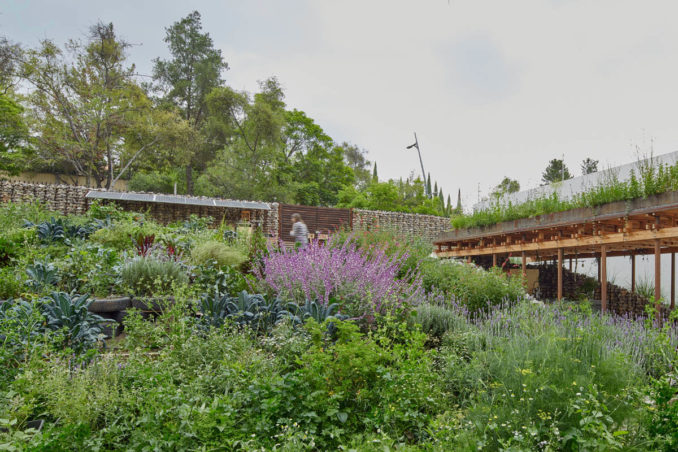
Over the past few decades, globalisation has occurred in various industries, including agriculture, with countries exporting and importing food from other countries. However, COVID and increasing inflation has highlighted food supply as an issue for many of the world’s population in developed and developing nations are facing higher costs and food insecurity. Therefore it is clear that cities and countries need to lutilise their land for greater sustainable food production at all scales, from large-scale farming down to the small corner lot.
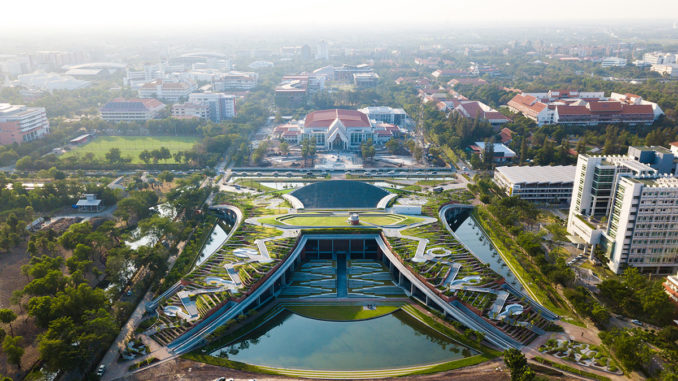

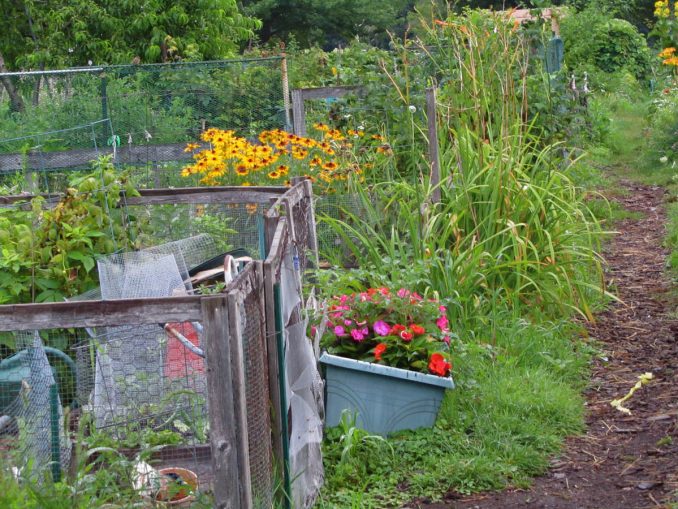
Community gardens are an excellent way for residents to grow food for families and communities. Although sometimes derided by some residents as unkempt and unruly, this is a minor issue when finding solutions for food security within cities.
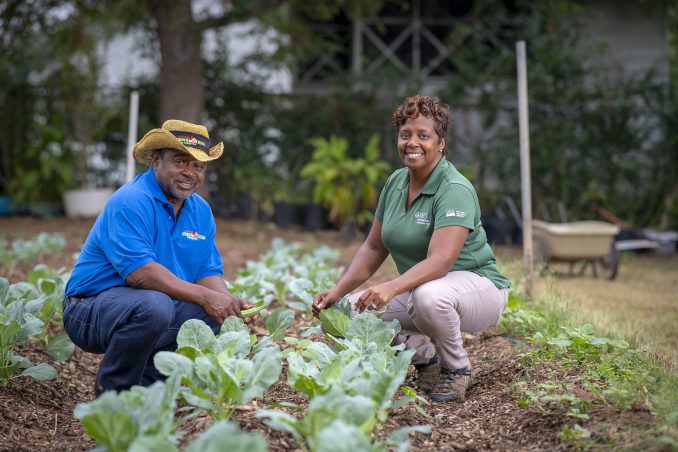
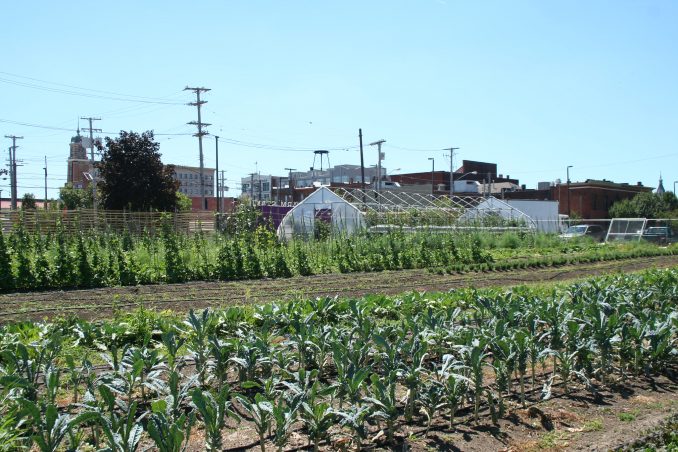
Urban agriculture (farming) is another method for cities and countries to increase local food production and reduce emissions from transport. Many structures (factories, warehouses, carparks) and rooftops are underutilised that could be converted into urban agriculture systems. Vertical soilless urban farming can reduce water usage, fertilisers, and provide crops all year round in most climates.
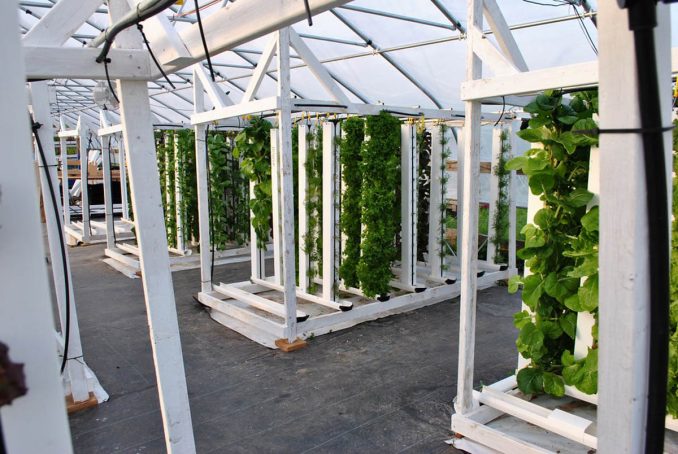
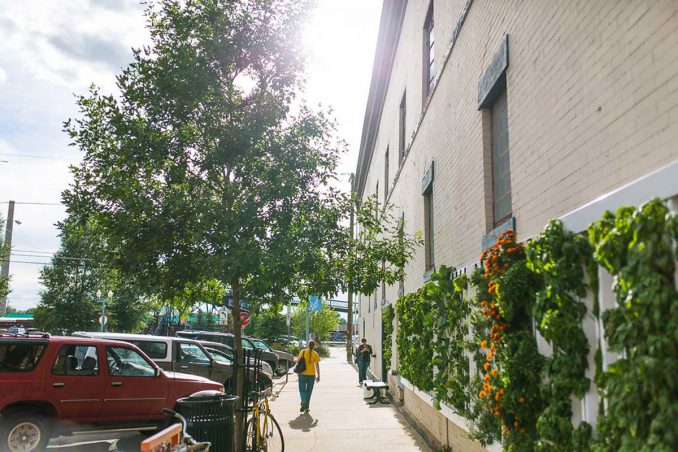
Most developed countries are food exporters and importers and can increase food security through various economic and government levers. However, many other nations(African & Pacific Islands) import over 30% of food [2] and face increased food insecurity due to rising inflation and currency fluctuations. Over 828 million people were affected by hunger in 2021 – 46 million people more from a year earlier [3]. There is a need for action as the world’s population (although slowing) will reach 8.5 billion by 2030.
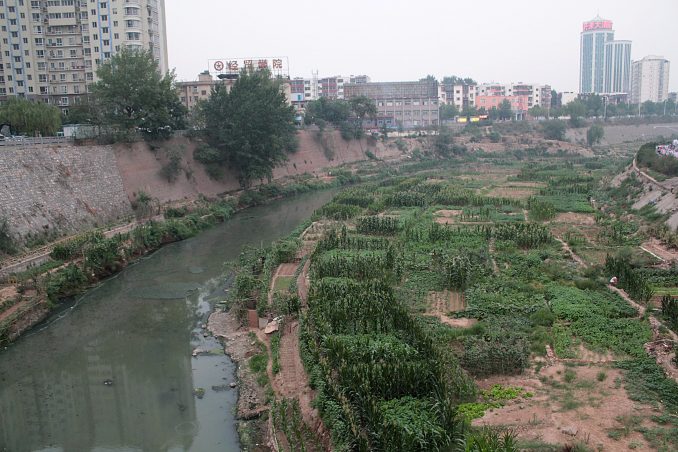
Recently, a joint statement calling for urgent action to address the global food security crisis was issued by the heads of the Food and Agriculture Organization, International Monetary Fund, World Bank Group, World Food Programme and the WTO.[4] They called for the following:
- Investing in climate-resilient agriculture: Supporting resilient investments in agricultural capacity and providing support to adaptation, smallholder farms, food systems and climate-smart technologies are essential to develop a resilient climate-smart agriculture that will ensure steady production in the years to come.
- Boosting production: Taking action to encourage farmers and fishers to boost sustainable food production – in both developing and developed countries – and improve the supply chains. Providing working capital for competitive producers is also a key priority. Increasing efficient fertiliser use through the rapid deployment of soil maps, extension services and precision agriculture technology.
- Providing immediate support to the vulnerable by not to imposing export restrictions on its purchases of food for humanitarian purposes. Unless they are well targeted, energy and food subsidies are expensive and inefficient. They should be replaced with cash transfers that reach only the most vulnerable. The best systems include strong targeting and efficient enrollment, delivery, and payment systems, often leveraging technology.
- Facilitating trade and the international supply of food: Facilitating trade and improving the functioning and resilience of global markets for food and agriculture, removing export restrictions and adopting inspections and licensing processes that are more flexible help minimise supply disruptions and lower prices.[4]
As landscape architects, what can we do to improve food security?
- Think laterally when redeveloping sites (residential, community centres, parks, streets, etc) and how to include opportunities for urban farming.
- Provide places (temporary & permanent) for local food markets for local people to trade, exchange or sell produce.
- Provide developers with information about efficient land use and food insecurity.
- Challenge the use of farmland for greenfield development.
- Educate local governments and community groups about food deserts and the need for urban agriculture.
- Undertake pro-bono work for community groups and non-profits to assist in the planning and design of urban farms.
- Volunteer at (or donate to) your local urban farm or food justice organisation.
- Provide training sessions for schools and education institutions about food systems and community gardens.
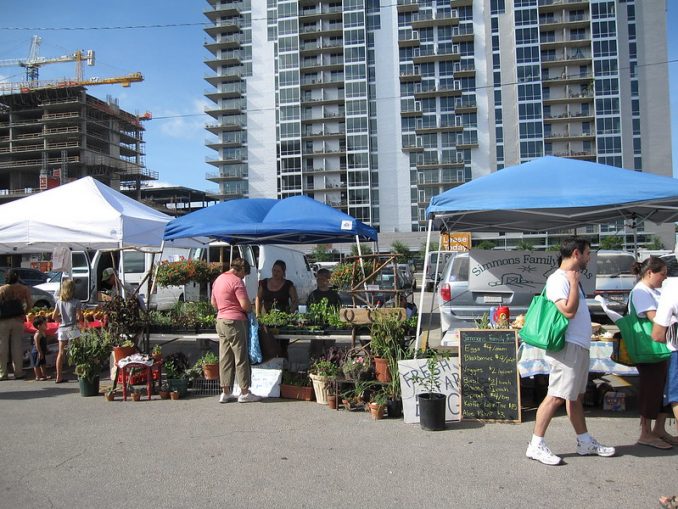
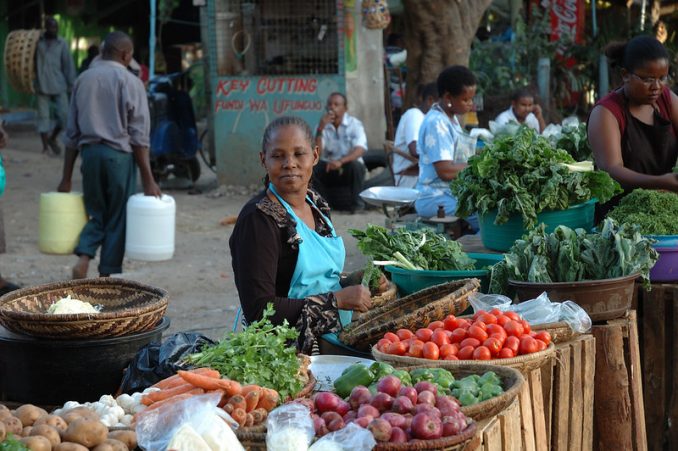
Although food security is often seen as a macro issue financed, regulated and developed by governments and non-profit organisations, it is an issue that landscape architects can assist with information and designs for local governments and community groups.
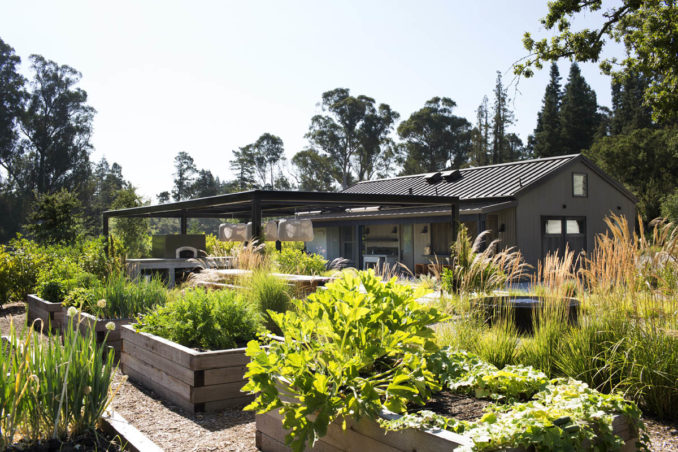
Community Gardens & Urban Farming are growing in importance written by Damian Holmes, Founder and Editor of World Landscape Architecture (WLA)
[1] Colussi, J., G. Schnitkey and C. Zulauf. “War in Ukraine and its Effect on Fertilizer Exports to Brazil and the U.S.” farmdoc daily (12):34, Department of Agricultural and Consumer Economics, University of Illinois at Urbana-Champaign, March 17, 2022.
[2] World Bank Food imports (% of merchandise imports) https://data.worldbank.org/indicator/TM.VAL.FOOD.ZS.UN?most_recent_value_desc=true
[3] UN Report: Global hunger numbers rose to as many as 828 million in 2021 (06/07/2022) https://www.fao.org/newsroom/detail/un-report-global-hunger-SOFI-2022-FAO/en
[4] Heads of agencies call for urgent action to address global food security crisis – WTO
https://www.wto.org/english/news_e/news22_e/igo_15jul22_e.htm
